Systemic Liquidity Risk and Bipolar Markets: Wealth Management in Today’s Macro Risk On / Risk Off Financial Environment
$21.92
| Author(s) | |
|---|---|
| Pages |
361 |
| Format |
|
| Publication Year |
2013 |
Systemic Liquidity Risk and Bipolar Markets answered the questions that need to be addressed by everyone who has a stake in modern financial markets. Questions link: How can one cushion the impact of systemically threatening events when the ability to exit financial instruments becomes almost non existent? How can one trust the integrty of financial models and orthodox macro financial theory when they have become increasingly discredited? Can central bankers be relied upon to become the counter-parties of last resort and provide a safety net under the financial system?
Introduction:
Conventional asset allocation tools and techniques have failed to keep apace with the changing financial landscape which has emerged since 2008. In addition to the preponderance of algorithmic trading and the associated changes in the liquidity characteristics of financial markets, a new paradigm of risk on/risk off asset allocation has emerged.
Risk on/risk off is a widely adopted style of trading and macro allocation strategy where positions are taken in several closely aligned asset classes depending on the prevailing sentiment or appetite for risk. The consequences of the day to day (and intraday) switching between either a risk on or risk off tactical strategies poses significant new challenges to investors who are still making investment decisions with outmoded notions from traditional asset allocation theory.
Proper functioning markets require fractiousness or divided opinion, and this needs to be lubricated by communications from central bankers, economic forecasters, corporate executives and so on. As long as such messages and market conditions remain ambiguous, providing asymmetric information to different market players, then the conditions are present to enable systemic liquidity to be preserved.
Seen in this context the prevailing paradigm of bipolar risk on/risk off asset allocations is both a prerequisite to liquid markets, and also paradoxically, when one side of the polarity becomes too extreme, a major source of systemic instability. Should such polarities become critically unbalanced, and should the signals received by market players become symmetrically disadvantageous as they were in the fall of 2008, then an even more substantial systemic liquidity crisis than that seen in those troubled times is a dangerous possibility.
Contents:
- Cross-Sectional Asset Correlations
- The Changing Character of Financial Markets
- The Flash Crash
- Detecting Mini Bubbles with the VPIN Metric
- Foreign Exchange and the Carry Trade
- The Enigmatic Performance of the Japanese Yen
- The Aussie/Yen Connection
- Precursors to Illiquidity
- Mainstream Financial Economics Groping Towards a New Paradigm
- Could a Eurozone Breakup Trigger Another Systemic Crisis?
- China, Commodities, and the Global Growth Narrative
- Drawdowns and Tail Risk Management
- Liquidity and Maturity Transformation
- Emotional Finance and Interval Confidence
- Adjusting to More Correlated Financial Markets
Systemic Liquidity Risk and Bipolar Markets: Wealth Management in Today's Macro Risk On / Risk Off Financial Environment By Clive M. Corcoran pdf
3 reviews for Systemic Liquidity Risk and Bipolar Markets: Wealth Management in Today’s Macro Risk On / Risk Off Financial Environment
Clear filtersOnly logged in customers who have purchased this product may leave a review.

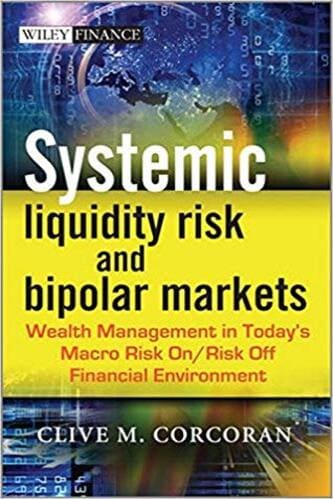
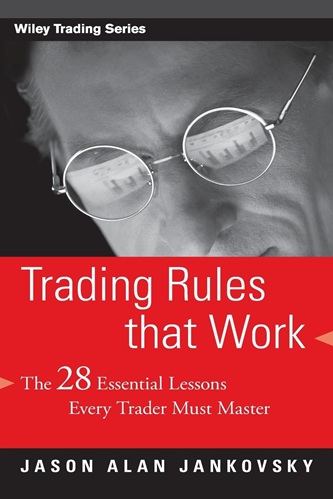
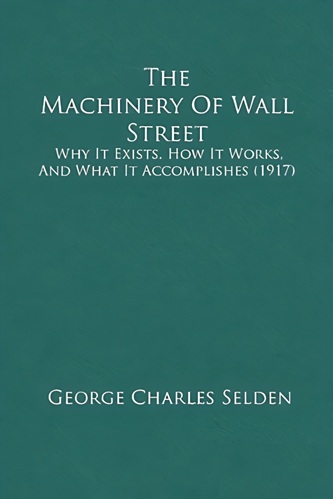
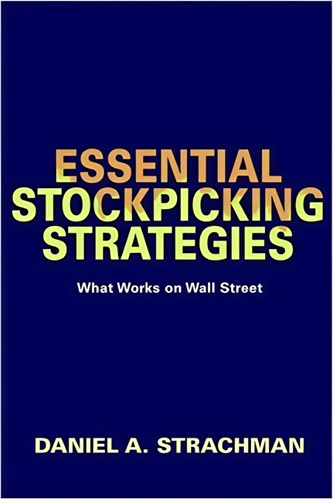
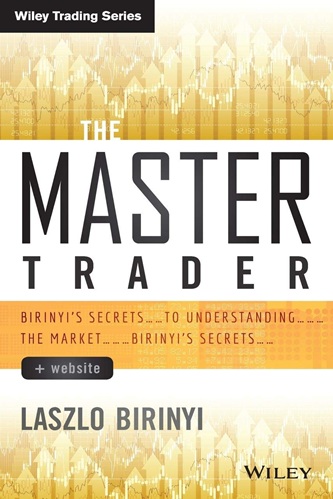
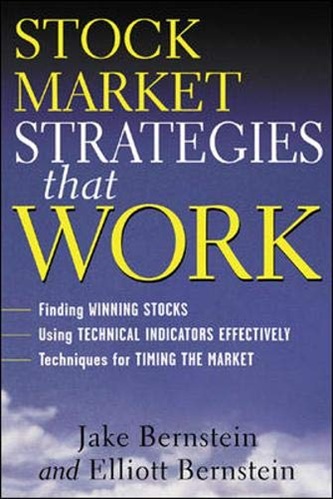



Luke Morales (verified owner) –
Clive Corcoran has opened a door to the future of investment management. With this book he has made the fat tailed Black Swan of the Great Financial Crisis into an understandable creature of logic. He shows with objective analytical detail, yet with subjective clarity, how the assumptions of economic theory have failed to perceive the essential dynamics of markets. This dynamism involves the rapid variation of correlations among asset classes, leading to repeated incidents of potential financial disasters, not just in the Great Financial Crisis but in more recent everyday market activity. Clive shows with examples from current markets exactly the type of behavior which indicates the potential for dramatic market discontinuities such as the Flash Crash of 2010 and how the factors that make such events possible can be monitored in real time. This is a book that will be an eye opener for hedge fund and investment managers, institutional asset managers and retail investors.
Skylar James (verified owner) –
Clive Corcoran’s book is a rarity in finance. Most criticisms of conventional approaches to finance go no further than criticism. Corcoran’s book also contains practical ideas about how to manage a portfolio in this most chaotic of markets.
Isabelle Holt (verified owner) –
The author provides a really great narrative explaining Flash Crash, 2008 crisis, what indicators to look for
(e.g The Volume Synchronized Probability of INformed Trading that forcasted the crash 1 hour in advance[…],
what to do with tail risk etc. Each chapter is filled with many charts ,quotes and references from the latest research on investing done by universities professors and firms from buy side and sell side.
Given the author is a trader, one could say this book is probably more useful, practical and probably better than 95% of all trading books out there.
I have learned a lot just from reading the chapter on the alternative way or cheapest way to hedge equity using correlated currency instead of expensive tail risk products. e.g 20% of portfolio shorting AUD/JPY.
Considering the amount of information, the lucid writing, this book is extremely underrated!!!